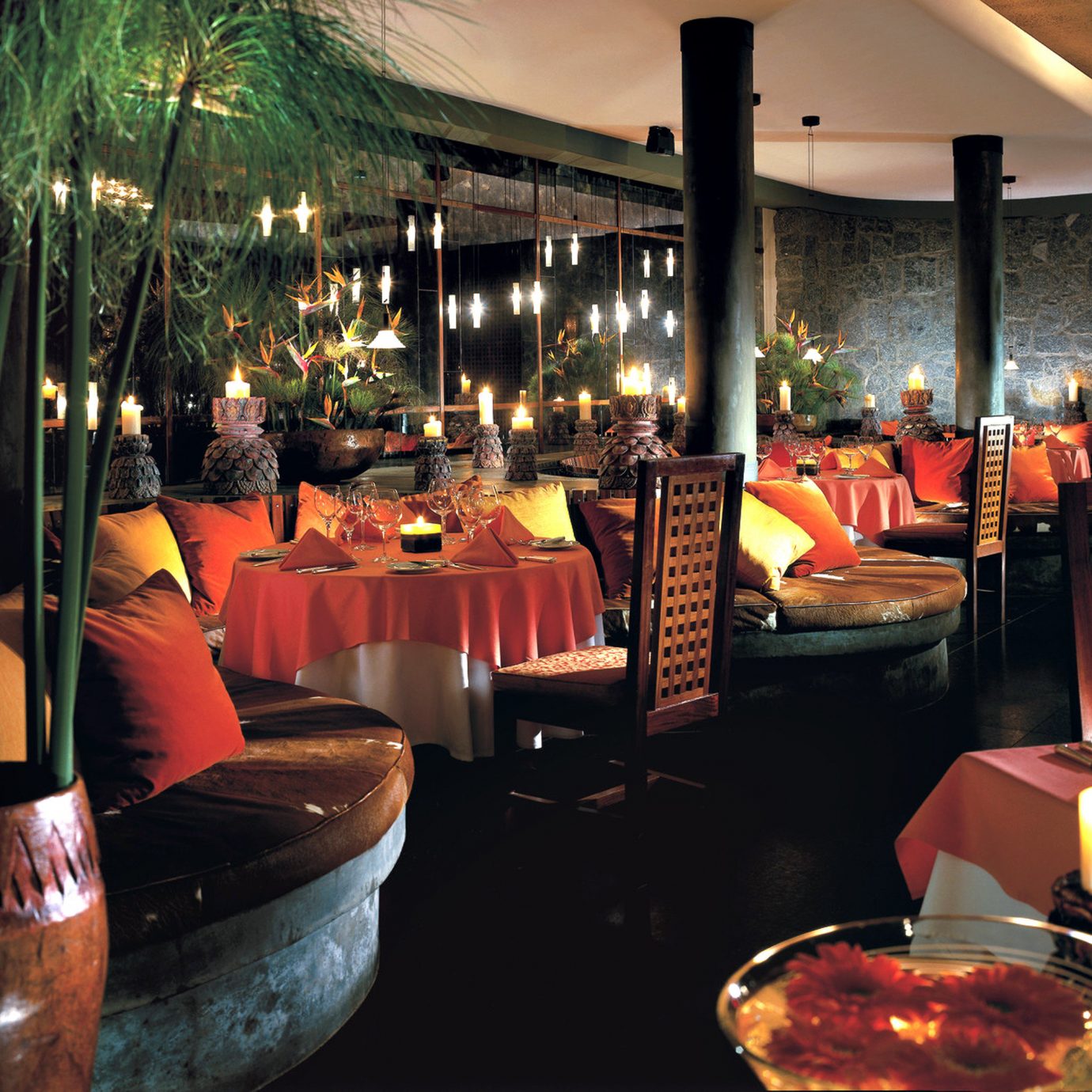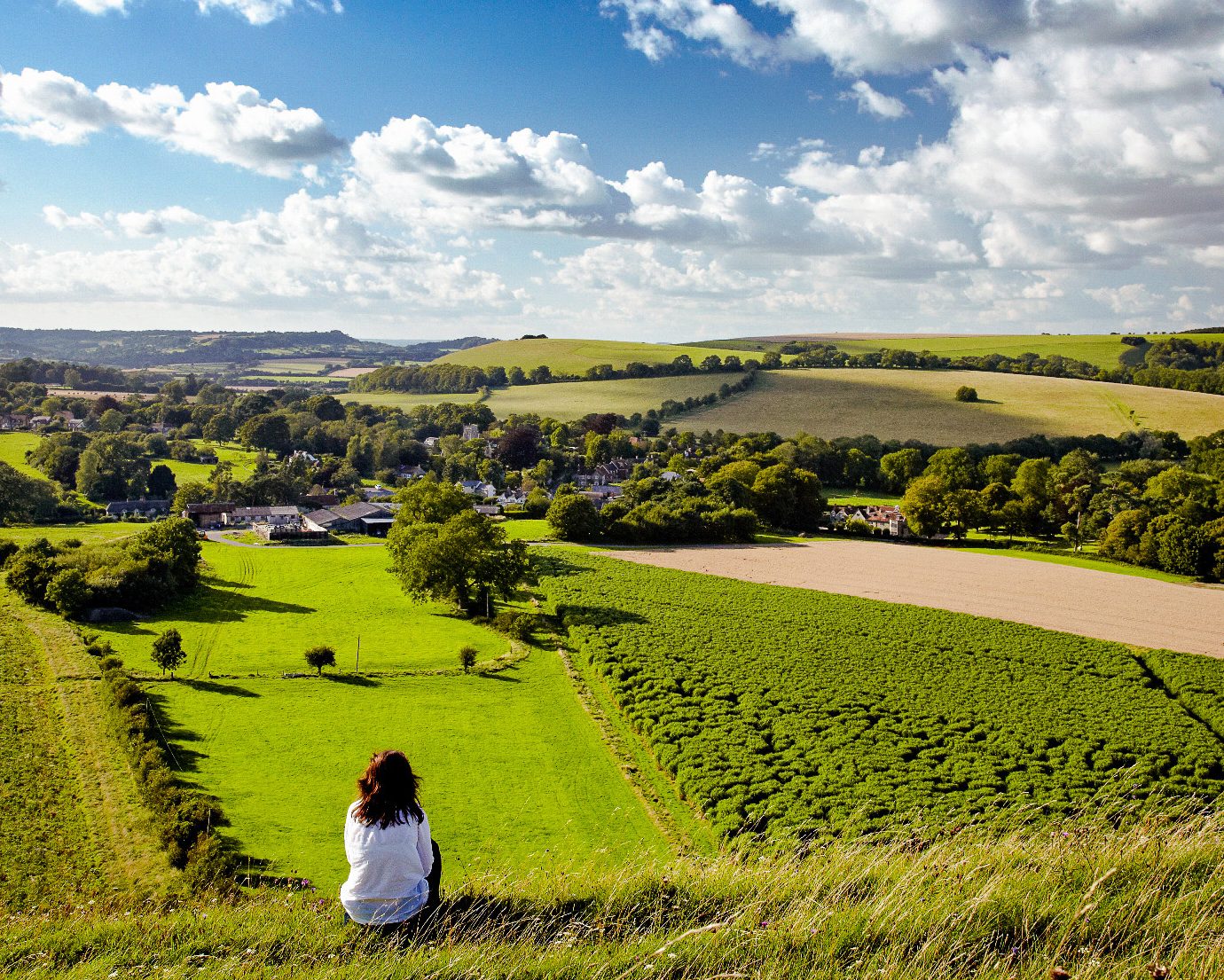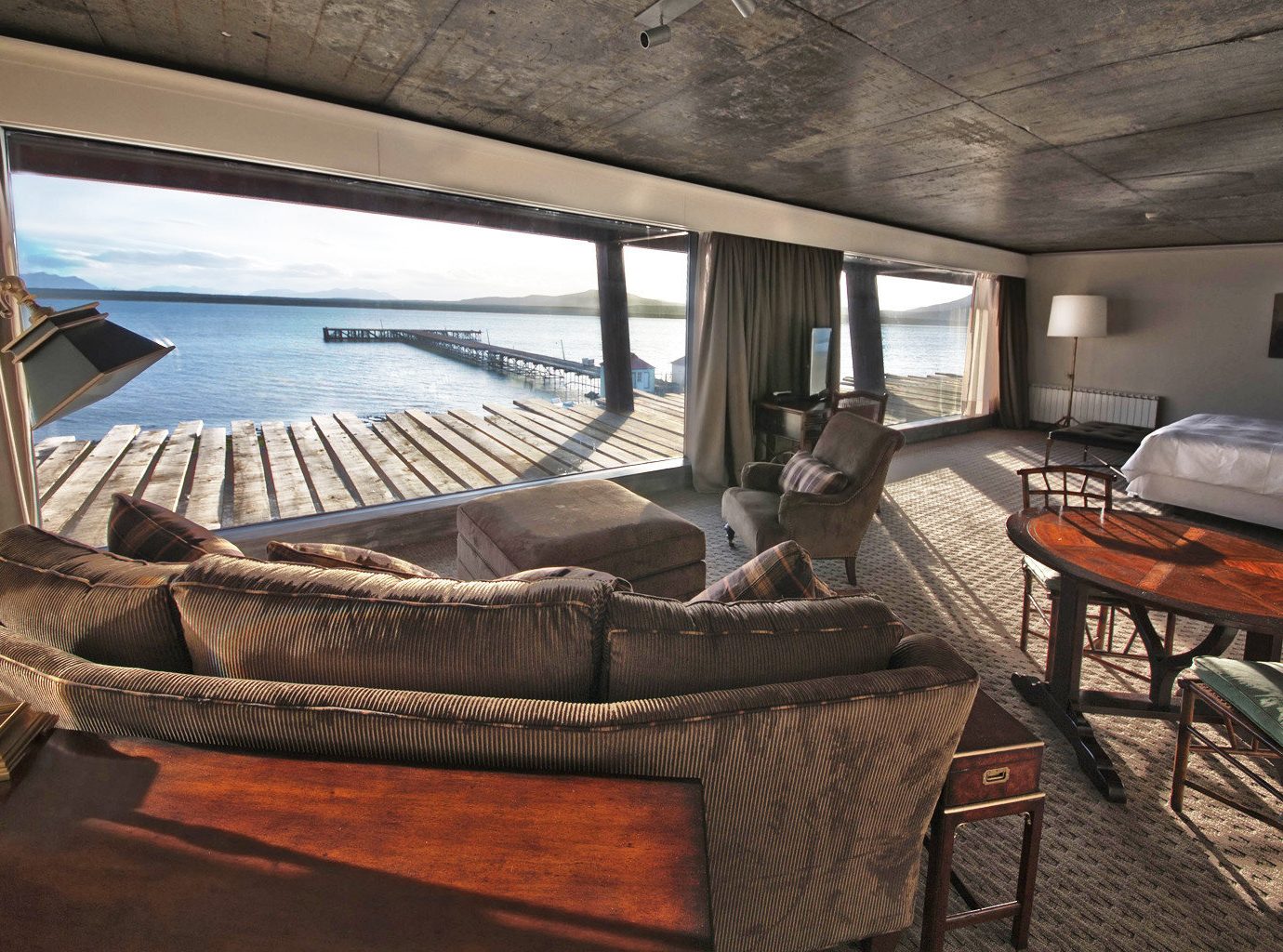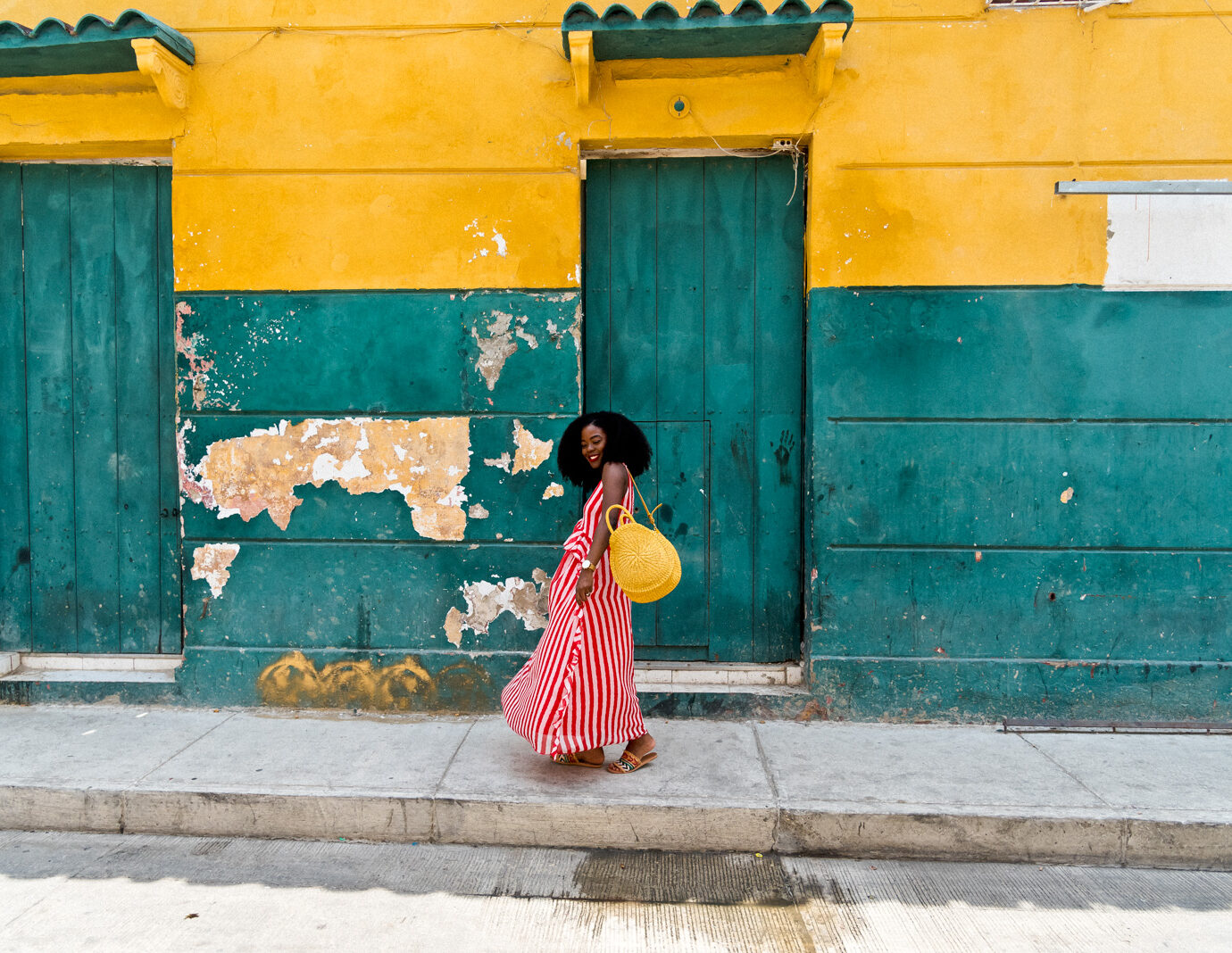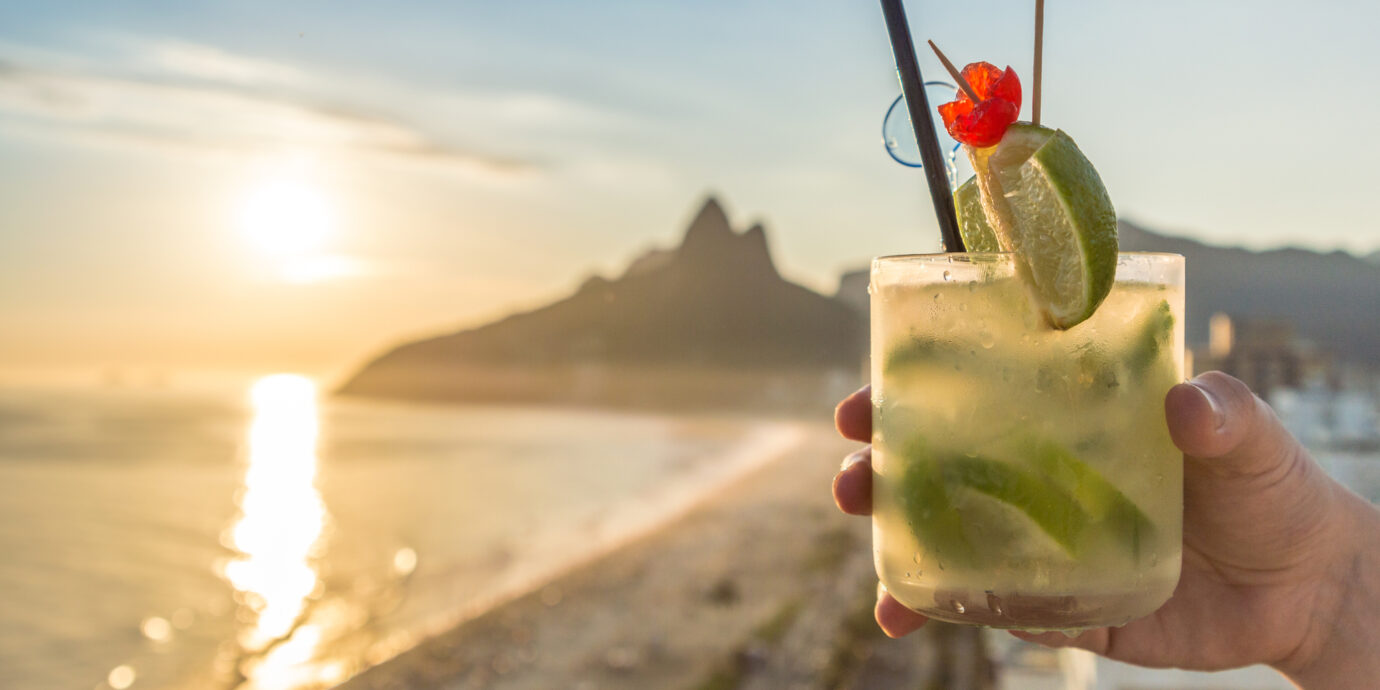
12 Reasons Why Brazil Should Be Your Next Getaway
If a trip to Brazil seems daunting—the distance, the language barrier, the safety concerns, the wild cities—we get it. But we’re here to help. Visiting the fifth-largest country in the world is easier (and cheaper!) than you think. And once you’re there, you’ve got cosmopolitan cities; unreal art, music, food, and shopping scenes; and some of the most beautiful beaches in the world waiting for you. We’ve got a dozen inspiring reasons why you should make Brazil your next big adventure.
1. You no longer need a visa to visit Brazil
Once upon a time, would-be travelers to Brazil from the U.S., Canada, Japan, and Australia had to obtain a travel visa from the Brazilian consulate, a pricey process that could take weeks, if not months. Last summer, Brazil lifted the requirement, opening itself up to visa-free travel (for visitors up to 90 days) and eliminating a major hurdle for future travelers.
2. The jet lag is manageable for many Americans and Canadians
Usually when you take a long-haul flight, you’re cavorting across time zones and have a serious bout of jet lag waiting for you on the other side. But for many travelers from the U.S., Canada, and Latin America heading to Brazil, the time difference is surprisingly manageable. Rio de Janeiro is only two hours ahead of New York City and Atlanta, while Sao Paulo is only two hours ahead of Toronto and Montreal. East Coasters can book an evening flight to Brazil, sleep on the long airplane ride (somewhere in the neighborhood of nine to 14 hours, depending on point of departure), and wake up Brazil with their internal clock pretty close to its regular schedule.
3. Brazil is surprisingly affordable against the U.S. dollar
As of this writing, Americans can enjoy a very good exchange rate in Brazil, with over five Brazilian reals for every U.S. dollar. This is certainly not to say that everything is cheap in Brazil—you can drop plenty at fine-dining restaurants, upscale nightclubs, and designer boutiques—but for every price you’re quoted or tag you read, Americans can divide the figure by five to get the dollar worth. A heaping seafood entrée at Lhamas Restaurante Peruano, for example—a Peruvian seafood spot and one of the top-rated restaurants in Sao Paulo—goes for less than 10 bucks.
4. It offers something for everyone
On the natural beauty front, Brazil stuns: there are world-famous beaches (olá, Copacabana), dense rainforest bursting with flora and fauna, pristine tropical islands, and incredible hiking—and those are just a few of the highlights. Brazil’s biggest cities, Rio de Janeiro and Sao Paulo, are two of the most exciting in the world, with raucous nightlife and fabulous shopping in both. Urbanites can get lost in the alleys, enclaves, and attractions of Sao Paulo, while nature lovers will adore Rio’s epic beaches and lush tropical rainforest within the city limits. Beach bums can weave in overnights on some of the many stunning islands off the Brazilian coast. Ilhabela, about a three-hour trip from Sao Paulo, is a paradise of beaches, waterfalls, and water sports—sailing, snorkeling, shipwreck diving… Closer to Rio, there’s Ilha Grande, a car-free island of sequestered beaches, rolling hills, and crystal-clear waters made for boating, snorkeling, and diving. There are charming colonial towns, like the one-time Portuguese port of Paraty, located between Rio and Sao Paulo.
For a first-time trip to Brazil, we recommend staying three to four days in both Rio and Sao Paulo (you can fly in and out of one of the two hubs, then book the short domestic flight between them separately), and, if possible, taking side trips to Ilhabela, Ilha Grande, or Paraty. If you have even more vacation days, look into visiting Fernando de Noronha, an archipelago that’s home to empty and pristine beaches; Pantanal, the largest tropical wetland area on the planet; and Iguazu Falls, a cluster of nearly 300 individual waterfalls that, together, form the world’s biggest waterfall.
5. The shopping in Brazil is insane
Love yourself a bit of retail therapy? In Rio and Sao Paulo especially, shopping is serious sport. For a taste, hit up Rua Oscar Freire—Sao Paulo’s answer to Rodeo Drive—where you’ll find the street stacked with Brazilian designer and international boutiques including the Havaianas flagship (souvenir alert!), the Osklen shop, and the Arezzo shoe store. There are posh malls (like Cidade Jardim in SP or the shopping malls of Sao Conrado in Rio) where extravagant wealth is really on display, and there are crowded street markets (like SP’s open-air, 1,000-plus-store Rua 25 de Marco or Rio’s Uruguaiana and Saara) where bargaining is the name of the game.
Sao Paulo’s bohemian Vila Madalena and Pinheiros neighborhoods are filled with quirky indie art galleries, boutiques, and workshops. Don’t miss Farm for bright funky clothing and shoes that will definitely rack up future compliments; Simultanea for Brazilian dresses, caftans, and other clothes; and Attom Design for beautiful home goods like woven blankets and hand-carved wooden bowls. Throughout Brazil’s cities and towns, you can find local crafts like baskets and earrings made of woven golden grass and colorful bracelets made of dried acai seeds. Be sure to stock up at a pharmacy (like 24-hour Droga Raia) for Brazilian beauty products—Inoar argan oil and the beautifully packaged Granado soaps and hand creams make wonderful and inexpensive gifts to bring home.
6. Brazilian cities are generally safer than widely assumed
Brazil’s reputation for crime and violence is sadly not undeserved. However, this shouldn’t deter travelers from visiting, provided they exhibit the same common sense they would anywhere else in the world. Some basics: keep your tech and wallet out of sight and close to your person (better yet, leave anything high-priced in your hotel safe) and don’t wear pricey jewelry or sunglasses. No need to fill your purse with cash and credit cards—some small bills and one card should suffice for the day. This is especially true at the beach and popular tourist areas, as well as street intersections, sidewalks, and buses where pickpocketing can be an issue. Avoid groups of children, as young pickpockets often work in groups. Always take a cab or Uber after dark, even if you’re only going a short distance. Stay in a hotel located in a central area, such as Paulista and Jardins in Sao Paulo and Leblon in Rio de Janeiro.
7. Eco-friendly measures are widespread
Sao Paulo may be a wild, sprawling megacity, but it imposes strict laws about cleanliness, recycling, and fuel usage. For instance, SP limits how many days a week residents can drive, which encourages public transit and carpooling. You won’t see trash in the streets or huge flashing ads or billboards in the city—this is called the “Clean City” for a reason—and if you look out your hotel room at night, you’ll notice that nearly all the skyscrapers dark. When not in use, the lights are off—an obvious but also radical measure that other big cities around the world may someday adopt. Many hotels and restaurants are also focused on eliminating straws and plastic bottles and taking further eco-friendly actions.
8. More than steakhouses, Brazilian cities have amazing food scenes
Meat lovers will likely want several meals at a traditional Brazilian steakhouse, where rodizio-style skewered meat is brought to the table and sirloin, rump cap, and other cuts of beef are tantalizing charcoal-grilled, sliced, and plated right in front of you. The non-stop parade of meats is a delight for carnivores, but Brazil’s culinary landscape goes way beyond the churrascaria. The country is a multicultural melting pot, and its cuisine benefits from Portuguese, Italian, German, Lebanese, Bolivian, and other international influences. (The city of Sao Paulo alone has nearly 200 nationalities!) Brazil has the largest Japanese population outside of Japan, so superlative sushi and Japanese food are easy to find, especially in Rio (try Gurume) and Sao Paulo (try Djapa or Living Lounge Bar & Sushi). The charming Liberdade neighborhood in Sao Paulo is home to many Japanese, Korean, and Chinese residents and businesses; if you can, try to time your visit for the Japanese food and crafts fair on weekends.
Also not to be missed are Brazil’s wallet-friendly street foods. Empanada-like pastels loaded with ground meat, shredded chicken, codfish, and other savory fillings are popular for breakfast (sweet varieties like banana, custard, and sweet almond filling are also available) while tapiocas (cassava flour pancakes) are filled with sweet or salty ingredients. Brazil grows just about every fruit you can dream of (acai, coconut, kiwi, pineapple, strawberries, pears, tangerines), so fresh fruit, pure juice, and delicious acai bowls are never far off.
9. Surprise! There are family-friendly attractions in Brazil
For many travelers, vacationing in Brazil is practically synonymous with partying. While hitting up night clubs, dance halls, and street parties can be a very big part of a Brazil trip, there’s plenty to do for travelers with little ones in tow. Rio de Janeiro is endlessly astonishing for kids and parents, with its beaches, lagoons, jungles—consider a jungle Jeep tour of Rio’s Parque Nacional da Tijuca, part of the Atlantic Forest and one of the richest ecosystems in the world)—and sky-high rock formations soaring over the ocean. They’ll love the dizzying cable car ride up to the top of Sugar Loaf and the steep train ride up to Corcovado, home to one of the seven wonders of the modern world—the magnificent Christ the Redeemer. Back at sea level, kids can run around Rio’s Jardim Botanico and visit a stingless bee colony, a traditional Japanese garden, and an impressive avenue of imperial palm trees. Meanwhile, Sao Paulo’s family-friendly Jardim Botanico has hundreds of plant and bird species to say hello to, while the 200-acre Sao Paulo Zoo (the largest in Brazil) is home to more than 3,000 animals. Parque Ibirapuera, the equivalent to SP’s Central Park, has playgrounds, ponds, a planetarium, and museums—in fact, the monster metropolis that is Sao Paulo has literally hundreds of kid-friendly museums (many have free entry at least one day a week), cultural centers, soccer stadiums, street festivals and fairs, and theaters (including those staging Broadway productions).
10. Rio and Sao Paulo have great public transit—and Uber is cheap
Vehicle traffic is the stuff of legend in Rio de Janeiro and Sao Paulo. Luckily, both cities have safe, efficient, and extensive public transit systems. At night, however, it’s best to stick to a cab or Uber. Cabs are plentiful and reliable; just check that the driver’s ID card is properly displayed before settling in. Uber is widely available and extremely affordable—often much cheaper than a cab. In Sao Paulo, Ubers are slightly more vulnerable to the city’s crazy traffic since they can’t enter the bus lane, and taxis can, so if you are in a true hurry, a taxi may be the faster option. In Rio, rental bikes are located all over downtown and the tourist-friendly South Zone; the system includes a beachfront bike path connecting Leblon and Parque do Flamengo.
11. Fantastic street art lies around every corner, and there’s live music every night
Graffiti started popping up in Sao Paulo in the 80s. Today, many parts of Sao Paulo, Rio, and other places in Brazil are like an outdoor, avant-garde art gallery. Carve out at least an afternoon to wander Vila Madalena, a hip SP neighborhood whose dramatic street culminates with the famous Beco do Batman. (Pro tip: wear a colorful outfit you love for all the selfies you’ll want to take here.) Catching bossa nova music is another must-do in Vila Madalena, though classic Brazilian bossa nova isn’t your only option when it comes to live music. Samba, electronic, pop, forró, funk, hip hop, rap, pagode, and more are on tap all over the country, from the midnight block parties of Rio to the wild DJ-driven nightclubs of Sao Paulo to lively little circles of chorinho music in local squares. You could see a different live music show every night of your trip if you’d like—you could see several live music shows a night and still leave wanting more.
12. Urban hotels are a world unto themselves
So often, hotels are merely a place to crash between days of manic sightseeing. In Sao Paulo, many of the hotels are like the city itself: bustling, chic, and worldly. At the Renaissance Sao Paulo Hotel, the atmosphere is busy and cosmopolitan, with friends toasting, sports fans cheering on games, and couples dining on sushi, all right in the lobby. The fun vibe is like Sao Paulo in miniature.
Explore More: See all Sao Paulo, Brazil hotels
Want more?
- Live the Carioca Life at These 9 Stunning Hotels in Rio
- 10 Life-Changing Trips to Take in South America
- The Most Incredible Brazilian Beaches
Comments
All products are independently selected by our writers and editors. If you buy something through our links, Jetsetter may earn an affiliate commission.
Become a Jetsetter.
Use our insider connections to know where to go and what to do.
By proceeding, you agree to our Privacy Policy and Terms of Use.
Thanks for Signing Up!

